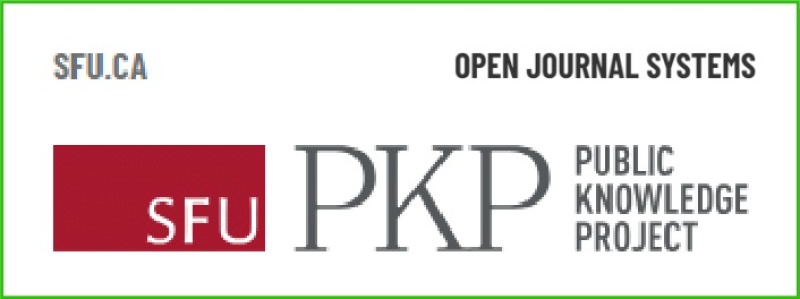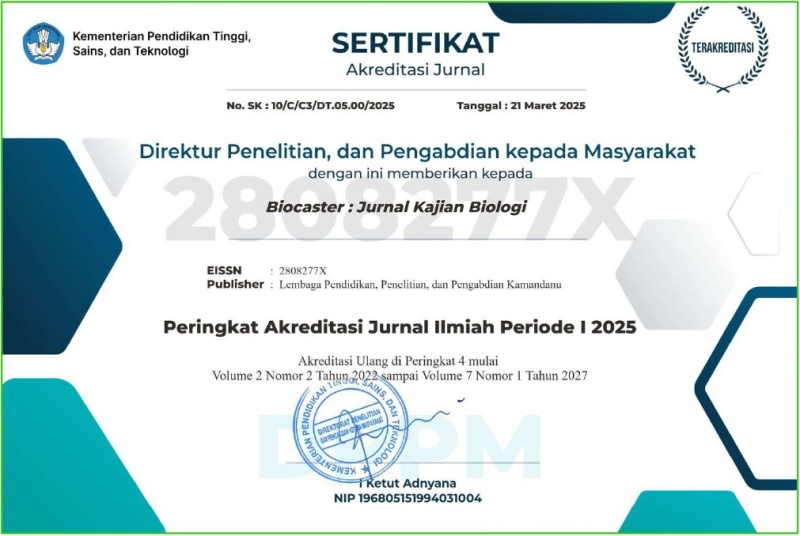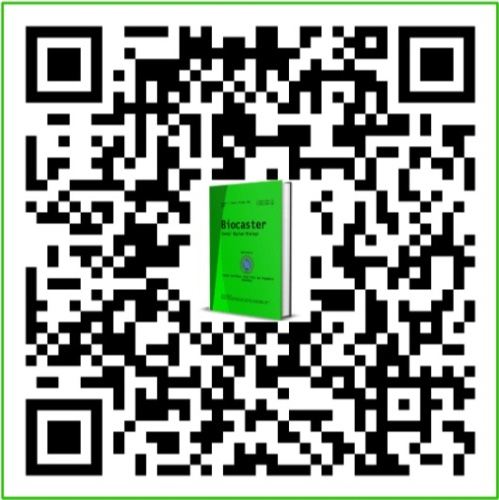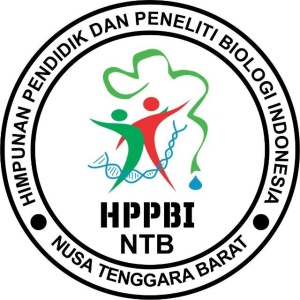Review Literatur : Pengaruh Konsentrasi Garam terhadap Hasil Fermentasi Brassica juncea L. untuk Pembuatan Kimchi
DOI:
https://doi.org/10.36312/bjkb.v3i1.158Keywords:
Fermentation, Salt Concentration, Brassica juncea L., Kimchi.Abstract
Kimchi is a traditional Korean food, made from fermented pickled vegetables mixed with spicy seasonings. Vegetables commonly used in making kimchi are Brassica juncea L. Brassica juncea L. which is soaked or salted for several hours, then washed and seasoned with a mixture of krill shrimp, fish sauce, garlic, ginger and red chili powder. Due to fermentation, kimchi has a sour taste like pickles. The focus of this article is to examine the effect of salt concentration on the fermentation yield of Brassica juncea L. for making kimchi. The method used is literature study. The literature used is national journals published in the last 10 years. Literature searches were carried out through the Google Scholar search engine, and several national journal websites online.
Downloads
References
Ali, M., Asrori, M., & Suryani. (2014). Metodologi dan Aplikasi Riset Pendidikan. Jakarta: PT. Bumi Aksara.
Anggraeni, L., Lubis, N., & Junaedi, E. C. (2021). Review: Pengaruh Konsentrasi Garam terhadap Produk Fermentasi Sayuran. Jurnal Sains dan Kesehatan, 3(6), 891-899. https://doi.org/10.25026/jsk.v3i6.459
Ardiyanto, M., Pratiwi, E., & Fitriana, I. (2021). Pengaruh Lama Perendaman Garam terhadap Sifat Fisikokimia dan Organoleptik Kimchi Sawi Putih. Jurnal Mahasiswa, Food Technology and Agricultural Products, 1(1), 1-10.
Arini, L. D. D. (2017). Pemanfaatan Bakteri Baik dalam Pembuatan Makanan Fermentasi yang Bermanfaat untuk Kesehatan. Jurnal Biomedika, 10(1), 1-11. https://doi.org/10.31001/biomedika.v10i1.218
Aristyan, I., Ibrahim, R., & Rianingsih, L. (2014). Pengaruh Perbedaan Kadar Garam terhadap Mutu Organoleptik dan Mikrobiologis Terasi Rebon (Acetes sp.). Jurnal Pengolahan dan Bioteknologi Hasil Perikanan, 3(2), 60-66.
Azka, A. B. F., Santriadi, M. T., & Kholis, M. N. (2018). Pengaruh Konsentrasi Garam dan Lama Fermentasi terhadap Sifat Kimia dan Organoleptik Kimchi. Agroindustrial Technology Journal, 02(01), 91-97. https://doi.org/10.21111/atj.v2i1.2818
Emmawati, A., Jenie, B. S. L. S., Nuraida, L., & Syah, D. (2015). Karakterisasi Isolat Bakteri Asam Laktat dari Mandai yang Berpotensi sebagai Probiotik. AGRITECH, 35(2), 146-155. https://doi.org/10.22146/agritech.9400
Hasanah, R. (2013). Isolasi dan Identifikasi Bakteri dari Produk Fermentasi Telur Ikan Tambakan (Helostoma temminckii C.V). Jurnal Ilmu Perikanan Tropis Nusantara, 19(1), 40-44. https://doi.org/10.30872/jipt.v1i2.432
Luthfiyanti, R., Iwansyah, A. C., Pamungkas, N. Y., & Triyono, A. (2020). Penurunan Mutu Senyawa Antioksidan dan Kadar Air terhadap Masa Simpan Permen Hisap Ekstrak Daun Ciplukan. Jurnal Riset Teknologi Indonesia, 14(1), 1-12. http://dx.doi.org/10.26578/jrti.v14i1.5343
Nudayanto, A., & Zubaidah, E. (2015). Isolasi Bakteri Asam Laktat Penghasil Eksopolisakarida dari Kimchi. Jurnal Pangan dan Argoindustri, 3(2), 743-748.
Patiya, L. G. (2019). Pengaruh Konsentrasi Garam dan Lama Fermentasi terhadap Mutu Kimchi Rebung (Dendrocalamus asper). Tugas Akhir. Universitas Pasundan.
Patra, J. K., Das, G., Paramithiotis, S., & Shin, H. S. (2016). Kimchi and Other Widely Consumed Traditional Fermented Foods of Korea: A Review. Frontiers in Microbiology, 7(1), 1-15. https://doi.org/10.3389/fmicb.2016.01493
Saskia, R., Pato, U., & Rahmayuni. (2017). Pengaruh Konsentrasi Garam terhadap Kadar HCN dan Penilaian Sensori Pikel Rebung. Jurnal Online Mahasiswa Fakultas Pertanian, 4(1), 1-11.
Yuarini, D. A. A., Satriawan, I. K., & Suardi, I. D. P. O. (2015). Strategi Peningkatan Kualitas Produk Sayuran Segar Organik pada CV. Golden Leaf Farm Bali. Jurnal Manajemen Agribisnis, 3(2), 93-109.
Downloads
Published
How to Cite
Issue
Section
License
Copyright (c) 2023 Ida Handayani

This work is licensed under a Creative Commons Attribution-ShareAlike 4.0 International License.
-
Attribution — You must give appropriate credit, provide a link to the license, and indicate if changes were made. You may do so in any reasonable manner, but not in any way that suggests the licensor endorses you or your use.
-
ShareAlike — If you remix, transform, or build upon the material, you must distribute your contributions under the same license as the original.










































